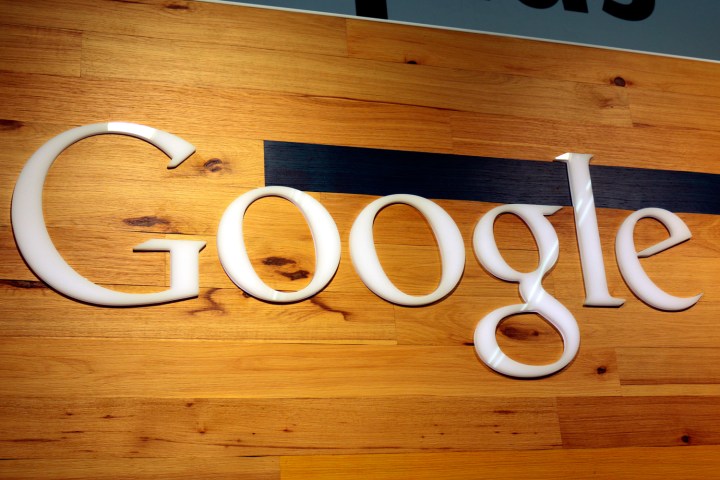
But they do exist, and now Google and Facebook are collaborating to drape another long cable system across the Pacific Ocean. More specifically, Pacific Light Data Communication and TE Subcom are establishing the very first “submarine” cable system that will directly link Los Angeles to Hong Kong. This system will provide the highest network capacity of a trans-Pacific route to date.
Called the Pacific Light Cable Network (PLCN), it will be comprised of nearly 8,000 miles of fiber optic cable providing an estimated network capacity of 120 terabits per second. To put that in perspective, Time Warner Cable’s current most expensive broadband Internet service costs $65 per month and provides download speeds of up to 50 megabits per second. Google Fiber provides one gigabit per second download speeds for $70 per month.
“PLCN will provide enough capacity for Hong Kong to have 80 million concurrent HD video conference calls with Los Angeles,” said Brian Quigley, director of the Google Networking Infrastructure. “PLCN will bring lower latency, more security, and greater bandwidth to Google users in the APAC region.”
PLCN is expected to become operational in 2018. Right now, the current title for the highest-capacity trans-Pacific route is held by FASTER, another cable system backed by Google. To date, Google has invested in six submarine cable systems including Unity, SJC, MONET, Tannat, and the previously mentioned FASTER project.
With its recent FASTER investment, Google claims up to 10 terabits per second of the cable system’s total 60 terabits per second bandwidth established between Oregon and Japan. The company has direct access to a pair of “100 gigabits-per-second x 100 wavelength” optical transmission strands, with one strand for sending and one for receiving. On the Japanese side, “landing” facilities are located in regions outside tsunami zones to prevent network center downtime.
According to Quigley, the upcoming PLCN system will evolve as infrastructure technology evolves. This will allow companies to choose network equipment independently, and to refresh the fiber optics used in the system as the technology advances. Ultimately, PLCN will enable Google to better serve customers in Asia, especially those who use Google Cloud and its suite of online software.
Google announced its involvement with FASTER in June. However, the company first got involved with trans-Pacific undersea cable installment in 2008 with the Unity project, which launched in 2010 and currently provides 7.68 terabits per second of bandwidth. Google plans to invest in more undersea cable systems throughout the coming years.


